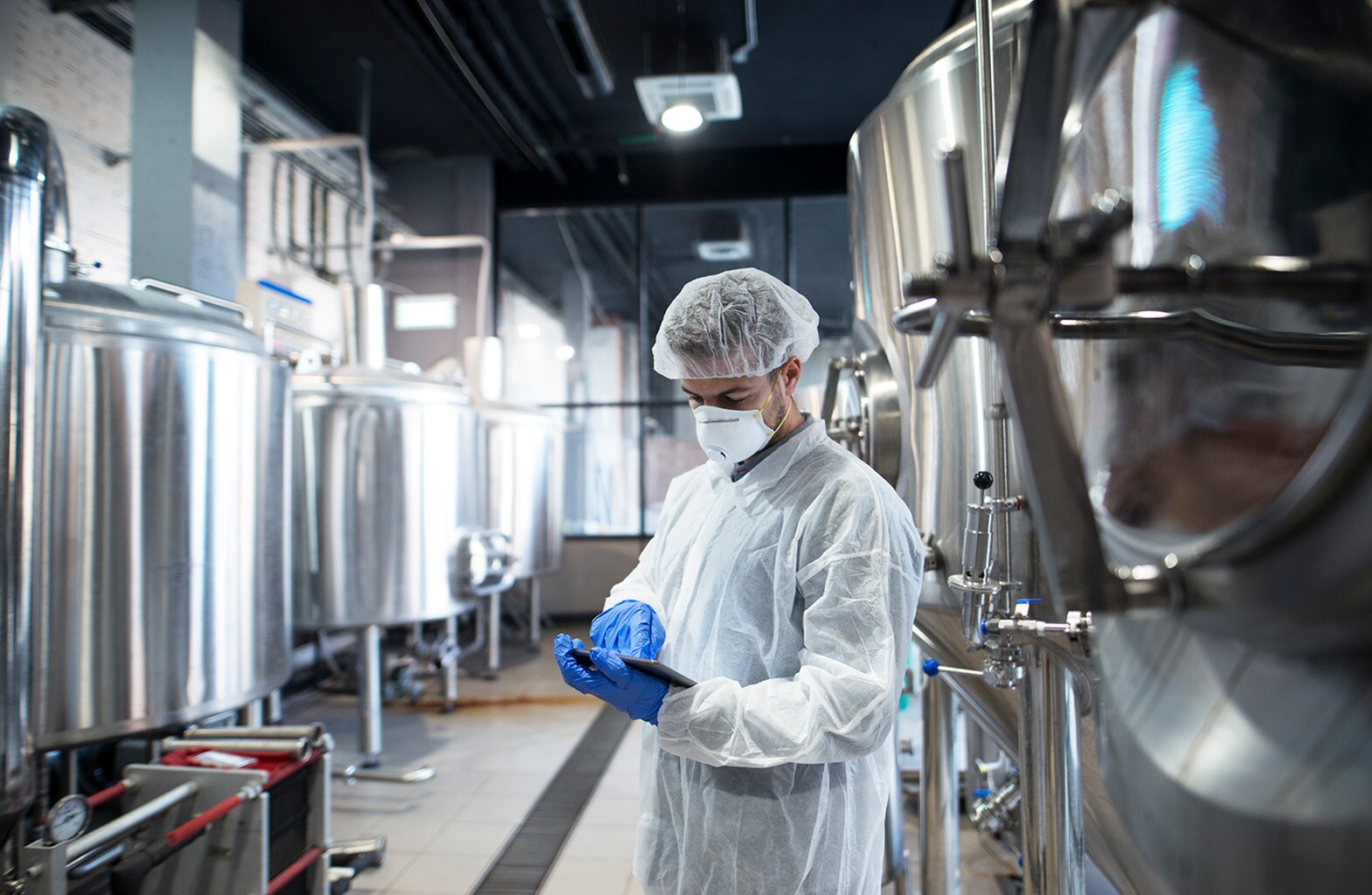 Having the ability to predict and control the outcome of a process can help mitigate both risks and costly delays. To enhance control and visibility in bioproduction workflows, one effective method is to monitor trace elements in your cell culture media and feed. Desired concentrations of trace elements lead to positive effects on cellular growth and biotherapeutic efficacy, as well as protein quality attributes, such as glycosylation.
Having the ability to predict and control the outcome of a process can help mitigate both risks and costly delays. To enhance control and visibility in bioproduction workflows, one effective method is to monitor trace elements in your cell culture media and feed. Desired concentrations of trace elements lead to positive effects on cellular growth and biotherapeutic efficacy, as well as protein quality attributes, such as glycosylation.
Nevertheless, the introduction of trace elements as impurities in raw materials can skew concentrations outside optimal ranges, negatively impacting overall performance. Hence, introducing trace element testing of your cell culture media can be vital to increase the quality and consistency of your product.
Our Gibco Media Manufacturing Services include a variety of QC tests—from raw material characterization to finished-good testing—to help you understand which trace elements your process is sensitive to and how to improve lot-to-lot consistency. Furthermore, our trace element database allows for comprehensive raw material management through monitoring supply chain consistency and raw material profiles across sites.
Several case studies involving our risk-based, collaborative approach to trace element testing reveal our commitment to helping customers get to the root of their unique problem.
Achieving success through collaboration
With our in-depth raw material characterization program, offering a comprehensive range of custom media quality control tests, our team worked with one customer to analyze their custom media formulation. The team successfully identified the introduction of trace elements as impurities and proactively monitored specific trace elements, with a focus on manganese (Mn). By working with an experienced analytics provider, optimization of their formulation was achieved alongside the development of a long-term manufacturing risk mitigation strategy.
Upon encountering variability in the glycan profile of their final product, another customer leveraged our trace element finished-good testing. Following analysis, it was determined that over time, the Mn concentrations in their finished-good lots was variable. The team established the issue was stemming from variability in a raw material, ferrous sulfate (FeSO4). Analysis of internal supplier data confirmed that a vendor change for FeSO4 correlated with changes in Mn levels, as seen in Figure 1.

Figure 1. Using data to better meet process requirements. Following trace element finished-good testing, the introduction of ferrous sulfate (FeSO4) was discovered to be the cause of the variability in manganese concentrations, resulting in lot-to-lot inconsistencies.
Through proactive collaboration and analytical expertise, our Media Manufacturing Services team employs trace element testing to not only decrease the risk of variable media performance but also to enhance the overall quality and consistency of your product.
Find out more about increasing control and visibility into your cell culture media and feeds below:
Learn about our trace element finished-good testing for cell culture media >
Read the case study to discover how we helped our customer overcome their trace element challenges >
Leave a Reply